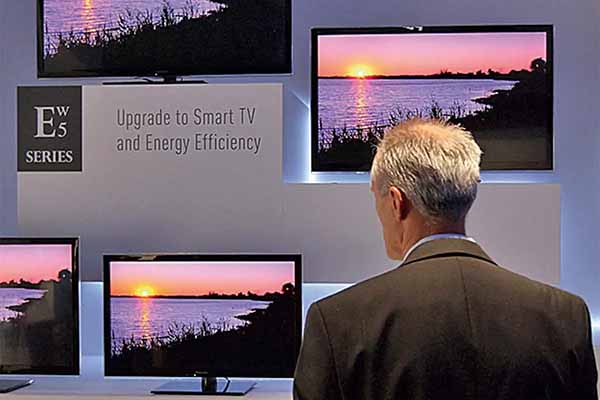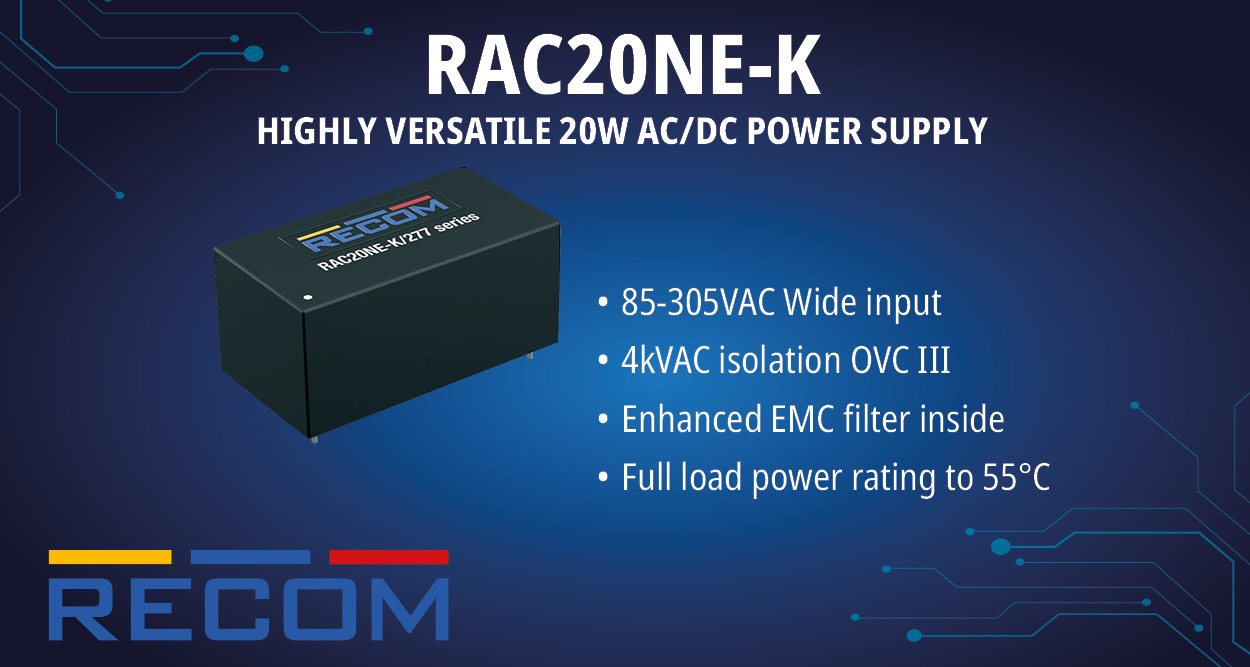In recent years, the scenario of television technology has significantly changed, making Smart TVs a necessity of the time. Several new technologies have evolved in Smart TV manufacturing, such as LED backlights HDR, QLEDs, and OLEDs.
Furthermore, users may now watch what they want, when they want, and how they want, thanks to the invention of smart TVs. Due to recent technological developments in AI and browsing; watching TV has undergone a significant change.
Programming in HDR
This smart TV invention allows video content to broadcast at a larger spectrum of colours and highlights than conventional televisions, thanks to devices loaded with High Dynamic Range (HDR). The demand for HDR-capable smart TVs will likely continue to increase since, like most new streaming technologies, consumers must have the appropriate television to take advantage of them.
Enhanced picture quality
Various types of digital screens are constantly improving the highest resolution they can offer. The image becomes more realistic and bright as more distinctive pixels are presented both horizontally and vertically.
The current spectrum of high-definition devices starts at 720p HD and 1080p HD (1920 x 1080) and ranges up to the current ultra high definition (UHDTV) standard, which is commonly referred to as “4K” and refers to any resolution with roughly 4000 horizontal pixels.
Wide-Array LED Backlights
Another area for smart TV advances is the way displays are illuminated to actually produce an image. When edge illumination first became available a few years ago, the screen’s edges were typically brighter.
Furthermore, the back of a television’s LCD panel is now more frequently used for direct-lit panels with LEDs than just the edges. This improves screen uniformity, especially in low-light situations. Also, this makes it possible for customers to purchase a picture quality that is less expensive and more similar to that generated by OLED screens.
OLED TVs
Consumers can currently enjoy televisions with the highest viewing quality by using organic light-emitting diode (OLED) technology.
In contrast to LCDs, which lack the ability to generate their own light (thus the requirement for backlighting), OLEDs generate light when electricity passes through them. That implies OLED displays have the ability to completely turn off each individual pixel, producing a pure black. Additionally, it provides a better contrast ratio than LCD televisions; as a result, giving off a more cinematic feeling.
Sound Personalization
A special processing technique called Sound Personalization imitates how the human ear functions. The audio signal is adjusted to the user’s hearing, making it simpler to identify individual sounds in complex audio scapes. Spoken conversation is also more easily understood in music, movies, and documentaries. Details are all much easier to hear, creating a more immersive and enjoyable experience.
Modifications to real-time sound
To identify and improve sound settings, QLED (Quantum dot Light Emitting Diode) analyses each scene in real-time. Speech, music, and ambient sound are all immediately adjusted to fit your current viewing experience. No matter where you’re watching, QLED employs Audio Spatial Intelligence to analyse the room and installation sites for the optimum audio quality.

















